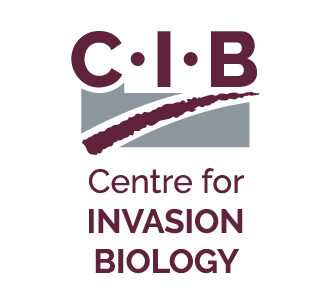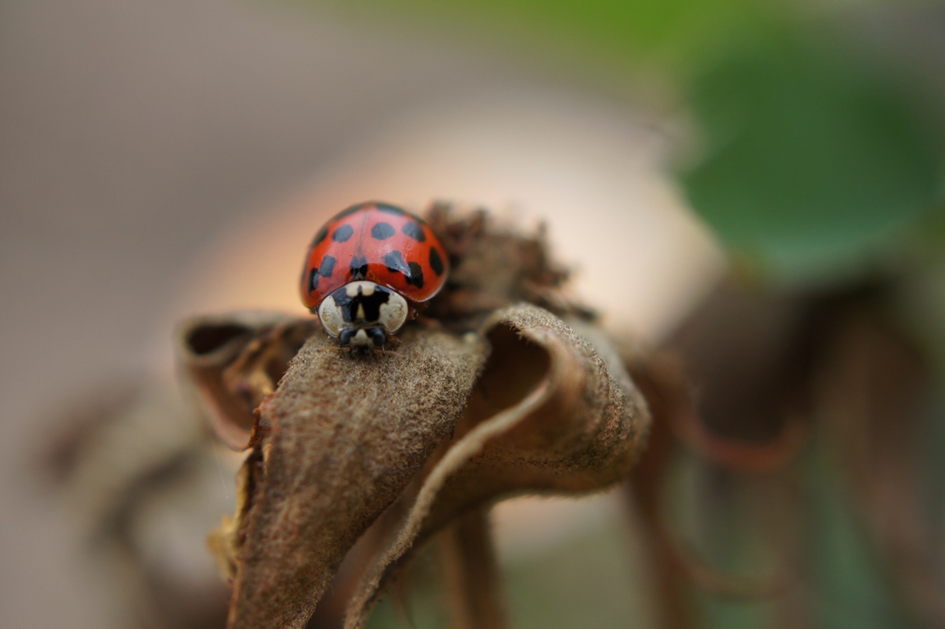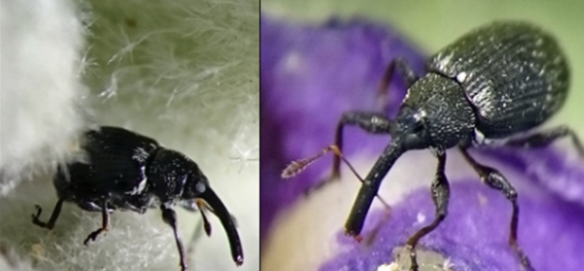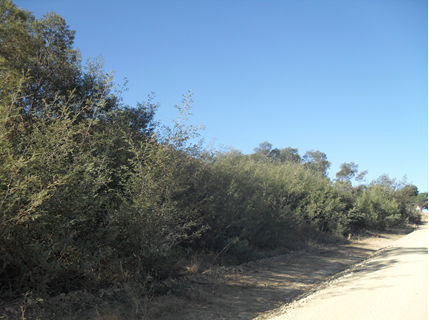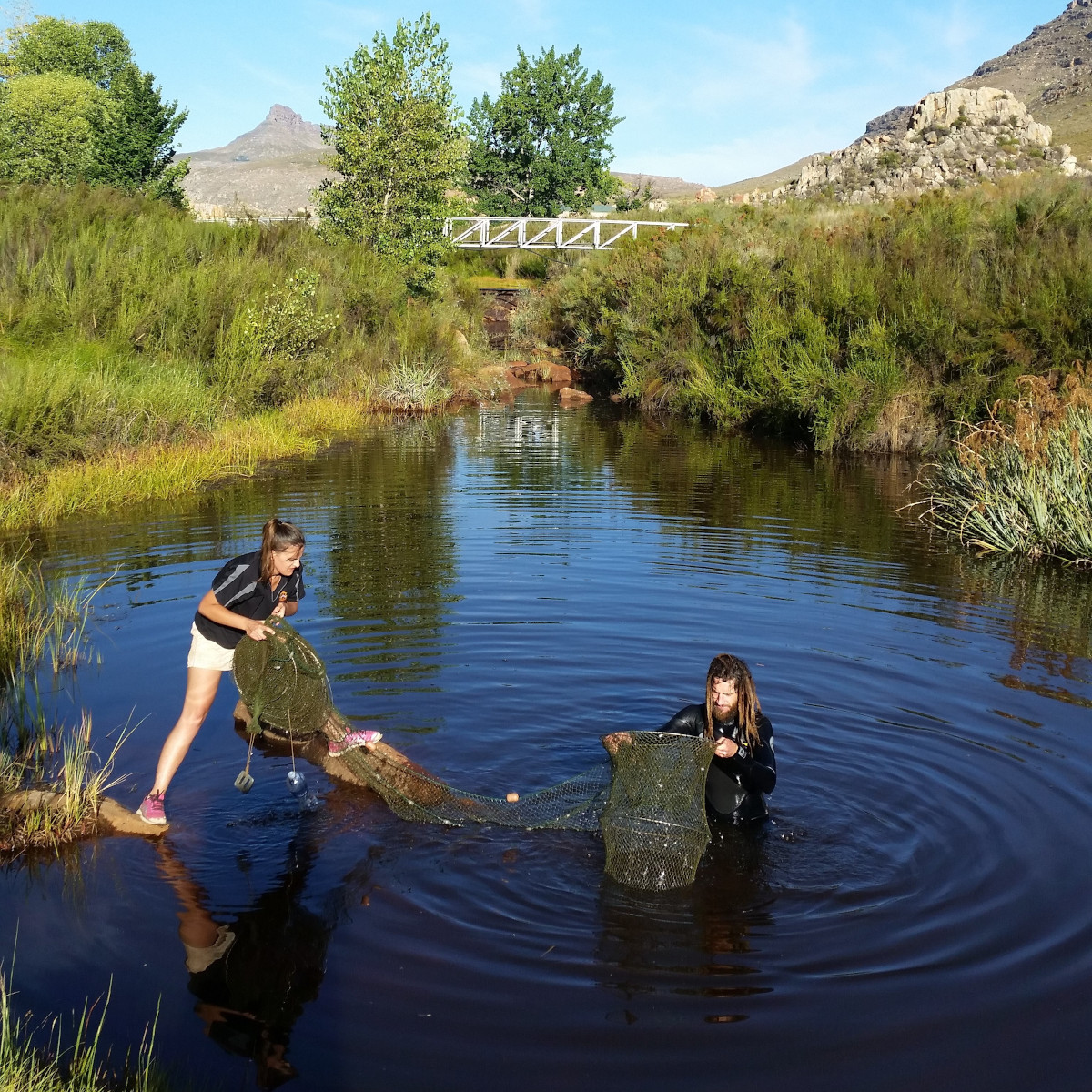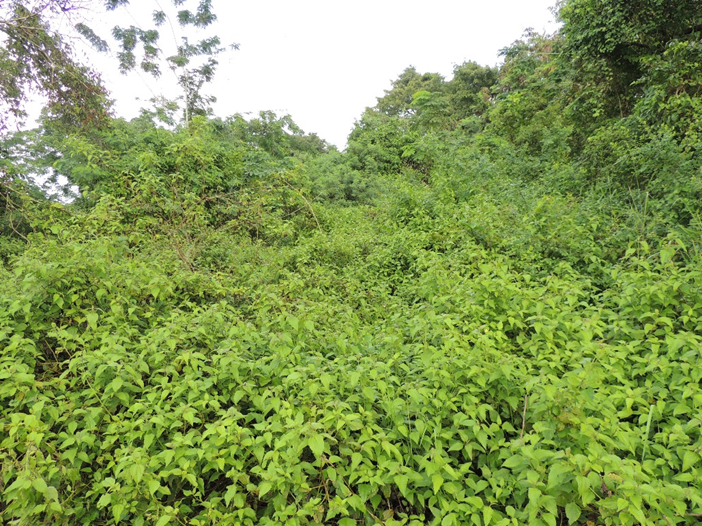C·I·B student wins first prize at the 2016/2017 Young Science Communicator’s Competition
A popular article about invasive ladybirds by C·I·B PhD student, Ingrid Minnaar, recently awarded her the first prize at SAASTA’s 2016/2017 Young Science Communicator’s Competition (YSCC).
